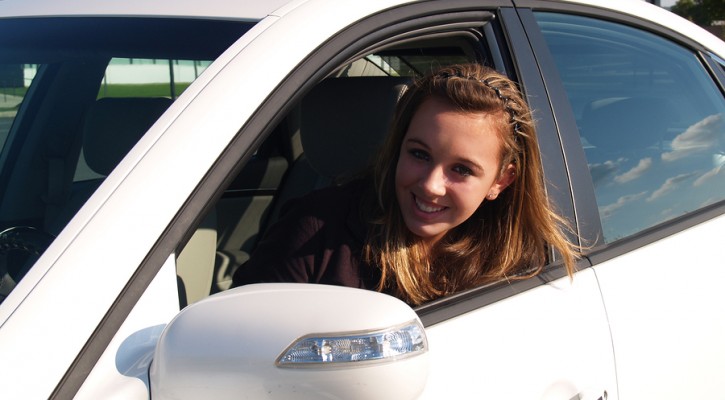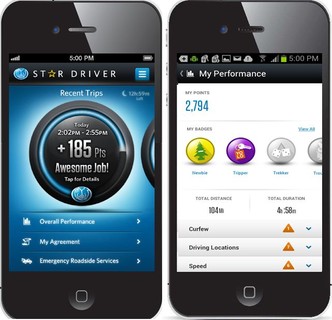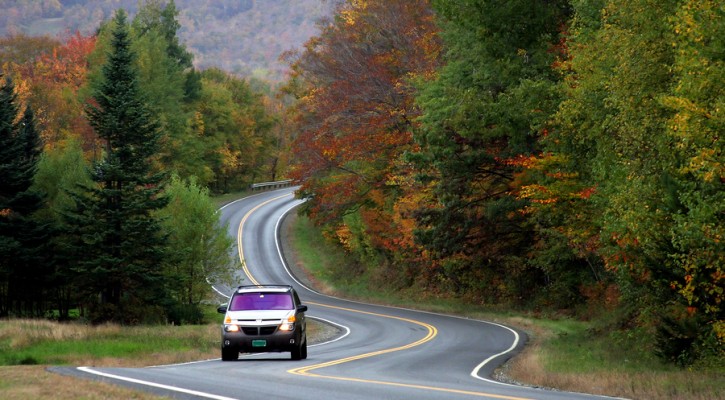Tag Archive: Teen drivers

Where Does Your State Rank In Teen Driving Safety?
June 19, 2014
Wallet Hub, a personal finance company conducted a study to rank which states are safest for teen drivers. Using data from the U.S. Census Bureau, the National Highway Traffic Safety Administration, the Federal Highway Administration, the Federal Bureau of Investigation, and the Governors Highway Safety Association, among others, the study looked at state driving laws, safety conditions, and the economic environment to rank each state’s teen driving safety environment. You can view the study results to see where your state stands in terms of teen driving safety. Read more: 2014’s Best and Worst States for Teen Drivers

Marijuana An Increasing Factor In Fatal Crashes
June 11, 2014
Columbia University researchers studying almost 24,000 driving fatalities determined that marijuana use was a factor in 12% of fatal crashes in 2010; a rate three times higher than a decade ago. Read more: Marijuana playing larger role in fatal crashes

Allstate Launches New AppTo Monitor Teen Driving Behaviors
June 6, 2014
Allstate Insurance has launched a new smartphone app for its customers to “identify and teach safe driving behaviors” in teen drivers. The app, called “Star Driver” is different from most teen driver monitoring system in that it used the smartphone rather than a plug-in module for the vehicle. This app follows the previously released app, “Drivewise” that all Allstate customers can use to receive feedback on safe driving behaviors and “earn rewards”. Read more: Allstate Launches Star Driver® to Help Protect Young Drivers
Photo compliments Allstate Insurance

Summer Months Are Most Dangerous For Teen Drivers
June 6, 2014
Now that the summer is here, it’s important to remember the dangers faced by teen drivers during the summer months. Traffic fatality statistics have long shown that the death rate for teens rises significantly for teen drivers and their passengers during the summer months. Twenty nine percent of all the teen drivers age 15 to 20 who were killed in traffic collisions in 2012 were killed during the months of June, July, and August. Studies by the National Highway Traffic Safety Administration (NHTSA) show that the period between Memorial Day and Labor Day is the most dangerous time for teen drivers.
With up to three months of largely free, unsupervised time on their hands, teens have many more chances to get into trouble while driving.
Parents can be pro-active in preventing their child from becoming a summertime driving statistic in a number of ways:
- If this is your teen’s first summer with an operator’s license, consider limiting their driving time.
- Set consistent curfews and enforce them.
- Limit the number of passengers your teen can carry.
- Prevent your teen from riding as a passenger of a teen driver with more than one other passenger.
- Ban not only texting but any type of cell phone use while driving; they must pull over and stop to use a cell phone.
- Ensure that your teen gets plenty of sleep.
- Give the teens chores or suggest a summer job to keep them busy and off the road.
To help ensure that your rules are followed, negotiate a “teen driving contract” with your teen. Make sure that the rules are clear and the consequences for breaking them are well understood.

Ask The Driving School Instructor: Most Dangerous Type Of Road
June 3, 2014
Question: What is the most dangerous type of road to drive on?
Answer: Most people assume, because of the high speeds involved, that interstates or freeways are the most dangerous type of road but they aren’t. The most dangerous type of roads for all drivers but especially for teens are two-lane country or rural roads. Fifty-seven percent of teens killed in traffic crashes die on rural roads.
The reason that rural roads are so dangerous is that they are usually narrow and tend to curve and wind and can also be hilly. These types of roads leave very little room for escape in an emergency. At night they can be especially dangerous because it is hard to see curves or other hazards ahead.
Often drivers drive too fast on these roads and, even though there are usually signs pointing out a curve ahead, they enter the curve at too high a speed and can’t keep the car on the road. If a driver is distracted and drives off the side of the road, there is usually little or no room to recover. Drivers also can become frustrated when stuck behind slower vehicles ahead and that may lead them to take stupid chances such as passing in a no-passing zone where they can’t see the road ahead.
